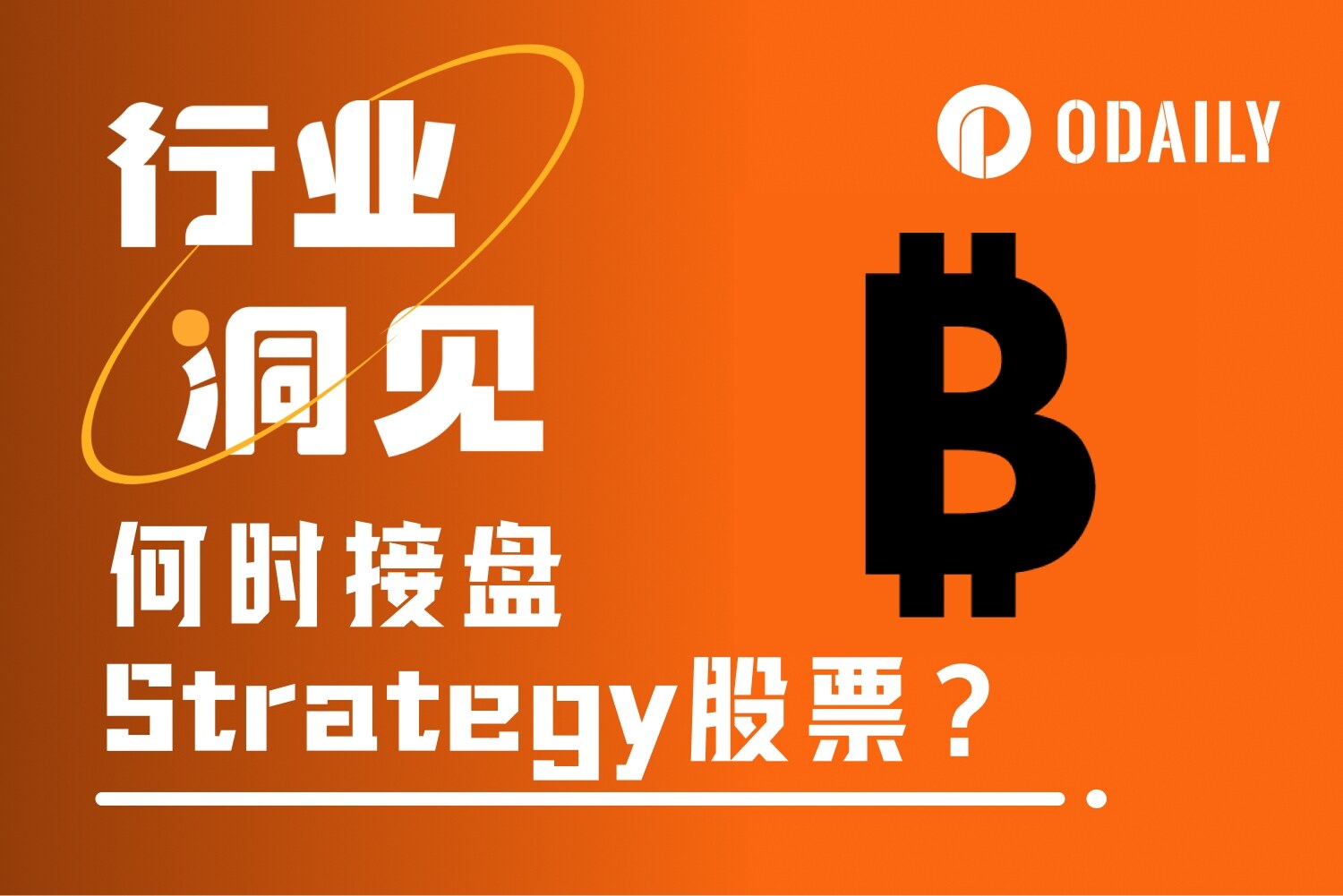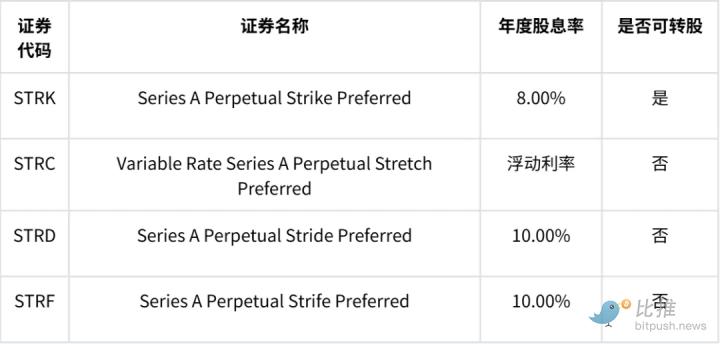In this conversation, Ishaan Hiranandani, Protocol Researcher at EigenLayer, discusses the role of permissionless identity and off-chain compute in reshaping DeFi. We dive into how these concepts can drive better efficiency and smarter systems in decentralized finance. If you’re interested in how these ideas can transform DeFi, this is a must-listen.
His twitter: https://x.com/ishaan0x
[00:00:00]
Speaker #1
Cool. So yeah, keen to speak today around permissionless identity and this concept of Intelligent DeFi. I’ve got Ishaan with me who's been thinking a lot about this stuff, and we’re just gonna get straight into it. So I’ll give a bit of context about permissionless identity, and then I’ll hand it over to Ishaan for Intelligent DeFi, and how we think the two put together can create the next DeFi renaissance.
[00:00:31]
Speaker #2
Love it. Yeah.
[00:00:33]
Speaker #1
Cool. So, essentially, permissionless identity is identity tied purely to your public key or a cryptographic identity. It can be built in one context and used in another. It's forever persistent. It could be off-chain or on-chain, the main criteria being assigned by a private key. And it's available to anyone with an internet connection and access to minimal hardware. With this concept of permissionless identity, I think one of the biggest use cases is Intelligent DeFi. Ishaan, if you want to explain to the listeners what Intelligent DeFi is, that’d be great.
[00:01:12]
Speaker #2
Absolutely. Intelligent DeFi is DeFi unlocked by the power of trustless off-chain compute or ingesting trustless off-chain data, and potentially using any decentralized networks. It’s powerful because it leverages this gluon co-processor model that we can talk about from an earlier Vitalik blog post.
[00:01:43]
Speaker #1
Perfect. I think the current state of DeFi without Intelligent DeFi is what I call “dumb DeFi.” What do you think are some of the main problems of dumb DeFi in its current form?
[00:02:00]
Speaker #2
Yeah, definitely. I think you have a series of issues in DeFi. My first app was Uniswap, and we’re seeing that LPs and AMMs have lost so much money. I think on the order of $700 million in MEV since the merge alone. I also love to use perpdexes; they’re fun, but limited in their risk engines and what you can do in calculating risk on-chain. So what people are doing is either having basic risk engines for margin or centralizing completely, making it easy for creators of these perpdexes to liquidate you. That gives you the worst of both worlds because it's not transparent, but it’s also not regulated by a governing body. I think with Intelligent DeFi, you can solve these problems and more.
[00:03:21]
Speaker #1
For sure. It sounds like a lot of what we’re running into is that smart contracts are really good at executing predetermined logic that secures financial value, but storage and compute are extremely expensive on-chain. You want to keep that to a minimum, but actually, the use cases that come with much more powerful compute allow you to create more interesting and complex applications that enable DeFi to be a lot more competitive than it is today. Would you agree or have another take?
[00:04:03]
Speaker #2
Yeah, I think you summed it up a lot better than I did. But yes, absolutely.
[00:04:11]
Speaker #1
For sure. One thing we’ve talked a lot about is personalized or under-collateralized loans being a use case of Intelligent DeFi. It definitely relies on assessing counterparty risk. The way traditional finance works is you understand the default risk of the counterparty, and then you look at what asset they have as a secondary concern. In DeFi right now, you look at the asset they have and don’t care about the counterparty. Why do you believe we should have under-collateralized DeFi? The benefits are obvious because it’s way more capital-efficient, but you also have a class of crypto people who ideologically believe everything should be fully collateralized, or we end up with things like the GFC.
[00:05:11]
Speaker #2
Yeah, under-collateralized DeFi has some risks, but nearly every loan is under-collateralized. The only people who want to do over-collateralized loans are the very rich who want to borrow against their wealth. If you want to borrow money for a house or start a business, the reason you're borrowing is that you don’t have the capital on hand. If we want to move finance on-chain, we need to offer under-collateralized loans. The question is, how do we get there? You’re risking some trust, but this opens opportunities for greater returns for lenders, and we need to assess counterparty risk better: will this person actually pay me back?
[00:06:23]
Speaker #1
For sure. Right now, smart contracts do zero counterparty risk assessment. I think the pathway, at least in crypto, may not be fully under-collateralized, but at least less collateralized lending, based on implementing more basic measures of counterparty assessment through Intelligent DeFi. What other use cases of Intelligent DeFi do you see that could be enabled with a strong identity layer?
[00:07:04]
Speaker #2
When you have a strong identity layer, one big thing is hyper-targeted incentives. Crypto is really good at acquiring customers, but there’s a lot of value leakage because of Sybil attacks. We’re acquiring the same user multiple times across different wallet addresses. If we can consolidate identity, we can price-discriminate better, identify the value of each user, and give them more personalized incentives. I’m happy to talk more use cases of this in the wild.
[00:08:04]
Speaker #1
Yeah, for sure. Targeted incentives feel like something that needs to happen because there’s a lot of value being leaked. I think of airdrops as paid customer acquisition. Typically, paid customer acquisition is done with cash, but in crypto, we can create our own tokens and use that to bootstrap customer acquisition, which is very cool. We all came here with ideals of distributed and fair networks, but it feels like we’ve strayed from those ideals. Now, it's either large capital holders or industrialized farming shops receiving tokens.
[00:09:06]
Speaker #2
Yeah. If we want to distribute ownership of a network to its true users, it’s not fair to rely on those with the capacity to create thousands of wallets. We've seen data companies aggregate how large these farming operations can get. It’s not fair, and it’s capital-inefficient for networks trying to bootstrap. If crypto is going to reach a billion users, we need to solve this problem.
[00:09:52]
Speaker #1
Absolutely, because we need to make sure we're measuring a billion real users, not a billion Sybils.
[00:09:59]
Speaker #2
Otherwise, you’ve got 10 billion users, and you wonder how this happened.
[00:10:03]
Speaker #1
I guess maybe we’re in a position to onboard the next billion. It just takes a bit of gas and we can pump those numbers up. But yeah, it’s funny, we talk about this because all these things converge to the same place. If you're looking for valuable users, the question becomes, how do we solve Sybil resistance? To me, it's not about finding real versus fake users; it's about valuable identities at the end of the day. How do you target valuable identities?
[00:10:43]
Speaker #2
Yeah, and you can even have bots that are valuable identities. It doesn’t mean you should remove them. Increasingly, a lot of things are going to be run by AI agents in the future. So the bot versus human debate isn’t helpful. It’s not possible to distinguish fully until we have something like cryptographic signatures for biological entities. If it’s not cryptographically signed or backed, it’s not real, at least in my opinion.
[00:12:06]
Speaker #2
So you're saying not only do we not need to scan everyone’s eyeballs to bring their identity on-chain, but it's not fully beneficial to do that because it ignores valuable bots or AI agents who aren’t sensitive to price changes on-chain?
[00:12:35]
Speaker #1
Yeah, even if you scan someone's eyeballs, they could still rotate their keys or sell the identity. There's now a static cost attached to identity, which can be farmed at scale. This is one issue I see with things like ZK-TLS because the data you receive isn't cryptographically signed. We’ll end up with more Web 2.0 farmers trying to game these systems.
[00:13:43]
Speaker #2
That's interesting. So, what does it mean to be cryptographically real?
[00:14:08]
Speaker #1
It means there’s a link between the private key that signs the information and the information itself. When you cryptographically sign information and put it on-chain, the chain ensures its time legitimacy. So, you lock the identity by signing and putting it on-chain. In the next five to ten years, people will realize the benefits of cryptographically signing more information, and more things will be put on-chain. This will allow identities to be leveraged in ways we haven’t fully seen yet.
[00:16:06]
Speaker #2
So, you’re saying that signing messages on-chain will be like building an on-chain reputation for your address. In the future, you could borrow money based on this reputation in an under-collateralized fashion?
[00:16:45]
Speaker #1
Yeah, it’s like proof of work for users. We already see this in Farcaster, where you can attach your addresses and see the net worth of people who hold the same NFTs as you. We’re seeing these patterns emerge but not fully realized yet.
[00:17:10]
Speaker #2
That’s really cool. I want to bring in the time dimension aspect. How does this unlock a time dimension in smart contracts? For example, centralized exchanges give discounts based on trading volume over time. Why don’t decentralized exchanges do the same?
[00:18:34]
Speaker #1
That’s a good point. You see teams manually onboarding market makers, but this desire for identity is creeping into DeFi. Whether it’s liquidity sales or large-scale institutional investors, all of these actors already have proof of activity on-chain. Smart contracts live on blockchains, but they have no concept of time.
Imagine MakerDAO is like a bank. If you get liquidated and come back for another loan, it forgets who you are. That’s what it feels like because smart contracts have no dimension of time. Unlocking that dimension of time would allow long-term games to be played. Right now, crypto follows a short-term mercenary arc.
[00:20:28]
Speaker #2
Yeah, I agree. Playing long-term games allows us to say, “Okay, we’ll give you some under-collateralized loans with the understanding that we won’t do this again if you don’t repay.” It’ll be interesting to see how this plays out in a multi-chain world where my identity exists on multiple chains. How can identity be aggregated across chains instead of siloed?
[00:21:48]
Speaker #1
Two thoughts. First, there’s a distinction between chains and virtual machines because different virtual machines use different cryptographic schemes. Different schemes mean different identities unless cryptographically signed to be linked. This presents a challenge for aggregating identity across chains. Right now, to understand a user, you need data from all chains they interact with, which climbs into hundreds of terabytes. The amount of compute required is massive.
[00:24:14]
Speaker #2
It’s annoying that we have so much data, yet it's hard to make simple queries like rolling transaction volume or wallet age. You mentioned 0xARC abstracts some of this for customers. What types of use cases are they using that for?
[00:25:12]
Speaker #1
I’ll give a quick example. If you want identity to be a primitive, it needs to be composable. For composability, the most granular unit must work. If it takes 10 seconds to load, fails 10-20% of the time, and is expensive, it’s not a good primitive. To solve this, you must compute for all users across all chains at every point in time, and that’s what we do.
Our customers install a piece of code on their websites that understands the behavior of this address—where they come from, how long they spend on the site, and what they do. When you combine that with identity data, you get a clear view of the user, allowing for more targeted actions and campaigns. For example, we can tell you how much a wallet has spent after coming from a specific Twitter campaign, who contributed the most, and whether they reengage from your campaigns.
[00:28:27]
Speaker #2
So, you aggregate on-chain and off-chain data to target users better. Is that correct?
[00:29:33]
Speaker #1
Yes, we can show the difference between users who use the website and those interacting with smart contracts. Bots often use smart contracts, and it’s not bad, but you want to know that. We can also tell you attributes like 30-day account volatility, gas spent, and more. These identity attributes, when put together, create a more accurate ecosystem.
[00:31:12]
Speaker #2
That’s cool. What does the compute layer of 0xARC look like right now?
[00:31:40]
Speaker #1
It’s standard GCP and AWS infrastructure. Decentralized compute would be interesting, but we’re not there yet. Identity-level compute is massive, often billions of rows. Until we solve storage problems, even decentralized storage solutions like IPFS can't handle it at scale.
[00:33:00]
Speaker #2
So, we rely on centralized solutions for now, but could we add crypto-economic guarantees to verify the data?
[00:34:03]
Speaker #1
Yes, that’s where ZK code processors come in. They allow you to verify that the needle in the haystack came from the haystack, with cryptographic proofs showing the methodology used. But the challenge is that many indexing solutions don’t have correct data due to RPC failures, block reorgs, and engineering faults.
[00:36:05]
Speaker #2
Earlier, you mentioned 0xARC built some technologies in-house to mitigate these difficulties. What does that look like?
[00:36:30]
Speaker #1
We’ve had to build our own RPC aggregator because no single RPC is reliable enough. We’ve also built our own indexing solution, front-end, and SDK for crypto-native analytics. It’s been challenging, but this is the prerequisite work for intelligent DeFi.
[00:38:36]
Speaker #2
At what scale do you need the RPC aggregator?
[00:39:10]
Speaker #1
When you're dealing with multiple chains, you have users wanting a lot of data, accessing older data, or hitting the chain hard for indexing. Financial firms and anyone who cares about the chain need reliable RPCs. It's the window into the soul of the chain.
[00:39:59]
Speaker #2
That’s a great analogy. RPCs are like windows into blockchains. I look forward to reading more about this soon.
[00:40:27]
Speaker #1
Yeah, I’ll be writing more about it. Let’s wrap up by diving into the different applications of permissionless identity and intelligent DeFi. We mentioned under-collateralized lending. Another concept is personalized loans with interest rates specific to your address, based on on-chain net worth, past liquidation profile, and repayment behavior. Any other ideas you’re excited about?
[00:41:42]
Speaker #1
We’re seeing more types of assets coming on-chain—Farcaster IDs, meme coins, time coins, shares in poly markets. These collateral types aren’t very liquid, but as we improve the identity layer, we can rely on counterparty risk more and the liquidity profile of assets less. This will create more credit in the crypto economy and attract new users globally.
[00:43:00]
Speaker #2
That’s my favorite part. Open finance for everyone, regardless of background.
[00:43:29]
Speaker #1
Exactly. The chain is our only shot at having a shared source of truth in time for humanity. Anything that doesn’t happen on the chain isn’t real, but we’ll leave that for another time.
[00:43:57]
Speaker #2
Always fun chatting, Kerman.
[00:43:59]
Speaker #1
Absolutely, thank you so much, Ishaan. Hopefully, we can do another one of these soon.
[00:44:00]
Speaker #2
Absolutely.









